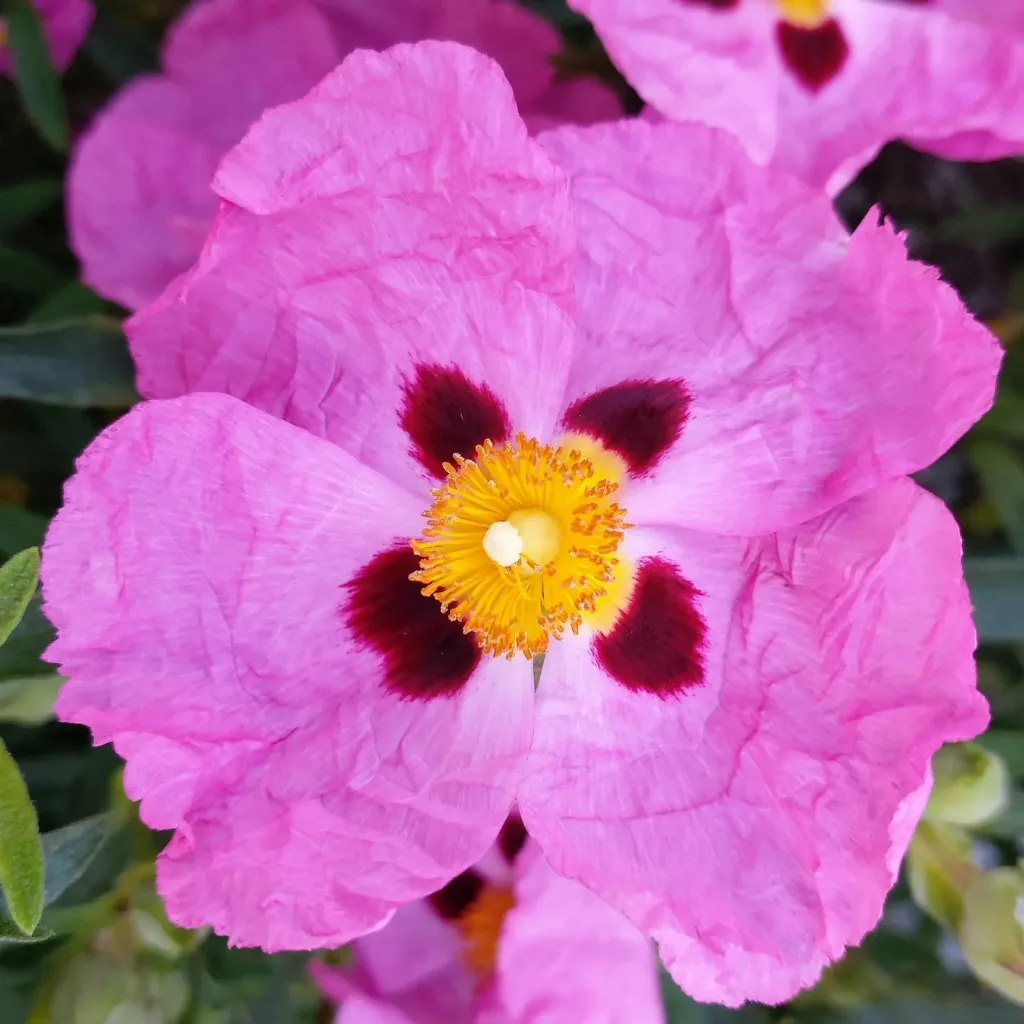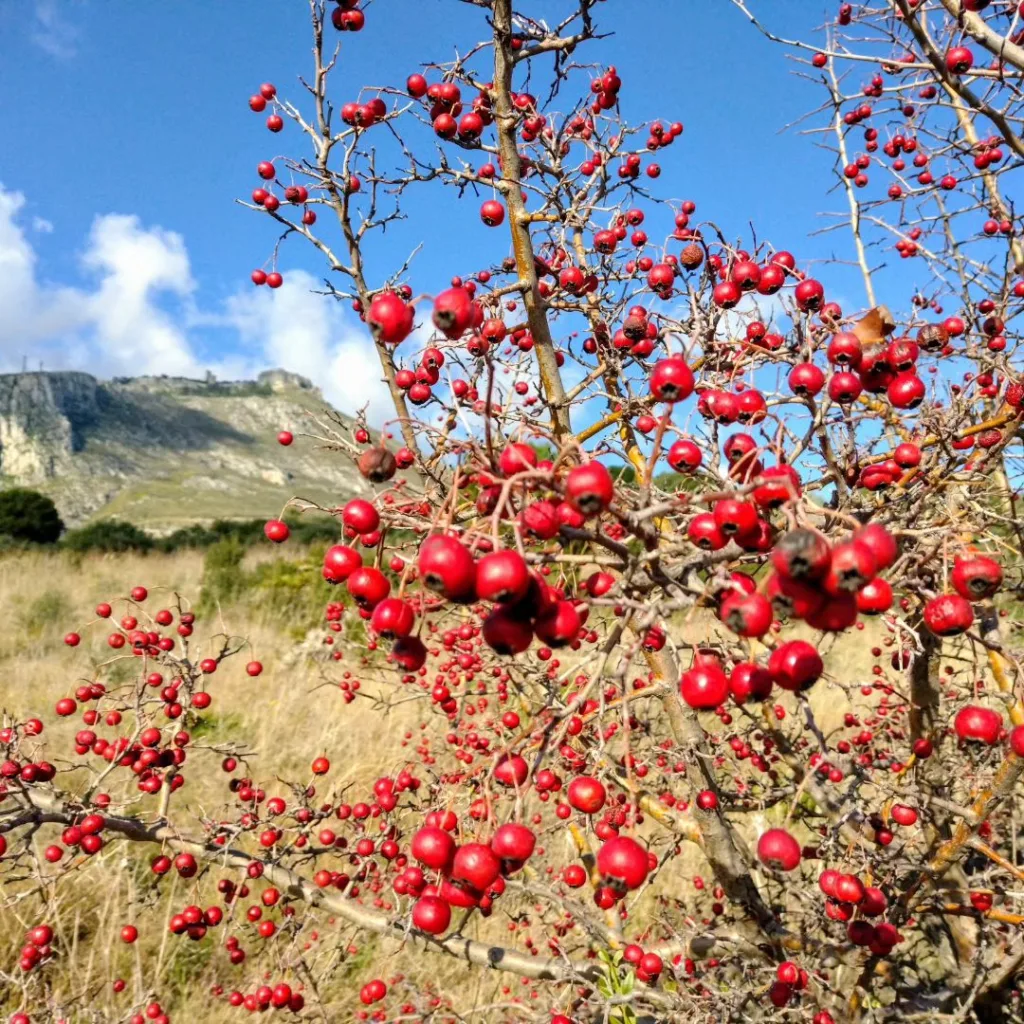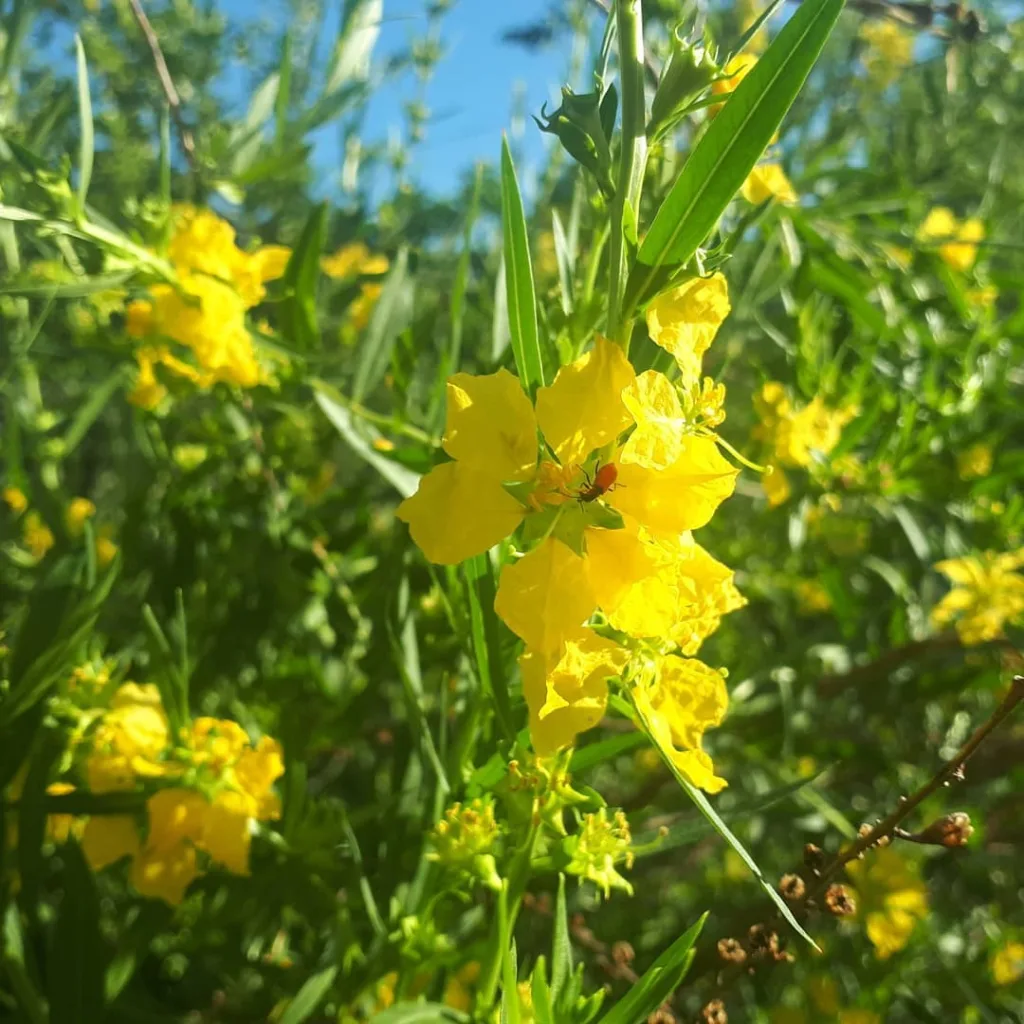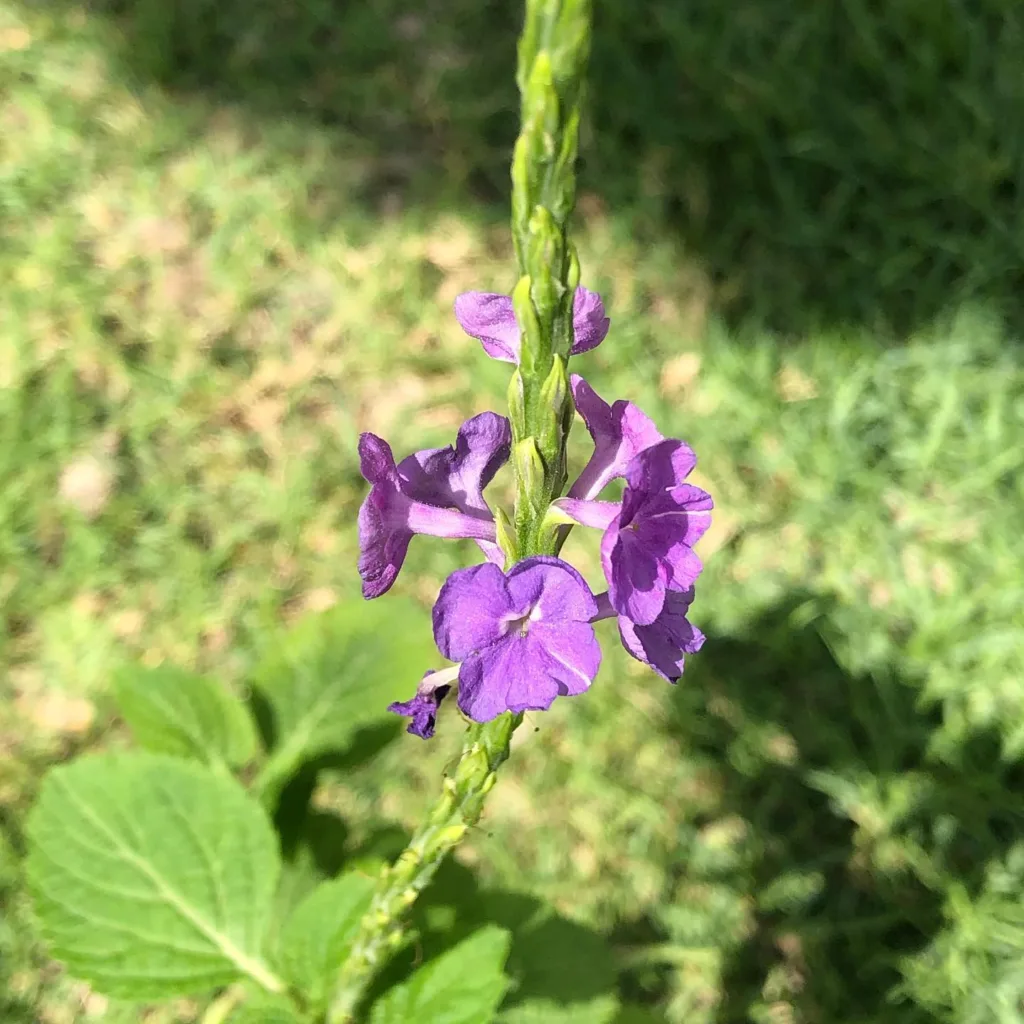Portulaca Pilosa: The Little Powerhouse with a Big Nickname
Hi, Ferb Vu here. Today, we’re diving into the world of Portulaca pilosa, a fascinating little succulent that packs a punch. Often called “Kiss-me-quick” for its fleeting blooms that snap shut with a touch, this plant is as resilient as it is charming.
Here, I’ll answer some of the most common questions about Portulaca pilosa, including its care, uses, and how it compares to its close cousin, the Moss Rose (Portulaca grandiflora).
Plant Family: Portulacaceae – 154 Species in Genus Portulaca
What is Portulaca pilosa?
Portulaca pilosa is a flowering succulent native to the Americas. It’s a low-growing creeper, with vibrant green, hairy stems that sprawl across the ground. The star of the show, however, are its delicate flowers. These come in a spectrum of colors, from fiery reds and sunshine yellows to soft pinks and lavender.
Is Portulaca pilosa easy to grow?
Absolutely! This is a plant that thrives on neglect. Here’s the lowdown:
- Sun: Portulaca pilosa craves sunshine. Aim for at least 6 hours of direct sunlight a day for optimal flowering.
- Soil: Well-draining soil is key. Sandy mixes or cactus mix work well.
- Watering: Water deeply when the soil feels dry to the touch. Avoid overwatering, as this can lead to root rot.
- Feeding: This low-maintenance plant doesn’t require much fertilizer. A light feeding once during the growing season is sufficient.
Can I grow Portulaca pilosa indoors?
Yes, you can! Just provide it with a sunny windowsill and well-draining soil. However, keep in mind that indoor-grown plants might flower less frequently than those outdoors.
How do I care for Portulaca pilosa after it blooms?
The beauty of Portulaca pilosa is its self-seeding nature. Once the flowers fade, they leave behind seed capsules that readily disperse their tiny black seeds. You can leave these to germinate naturally for a fresh batch of plants next season, or collect them for controlled sowing.
Is Portulaca pilosa edible?
Yes, the leaves and stems of Portulaca pilosa are edible and can be added to salads for a slightly peppery kick. However, it’s best enjoyed young, as the leaves become tougher with age.
Is Portulaca pilosa the same as Moss Rose?
Portulaca pilosa and Moss Rose (Portulaca grandiflora) are close relatives, both belonging to the Portulacaceae family. They share similar low-growing habits and vibrant blooms. Here’s a quick breakdown of the key differences:
- Flowers: Moss Rose boasts larger, single flowers that come in a wider color range, including white and orange, in addition to the colors found in Portulaca pilosa.
- Leaves: Moss Rose has slightly rounder leaves compared to the more elongated leaves of Portulaca pilosa.
- Growth Habit: Moss Rose tends to be slightly taller than Portulaca pilosa, with a more mounding growth pattern.
So, which one should I choose?
Both Portulaca pilosa and Moss Rose are excellent choices for hot, sunny locations. If you’re looking for a low-maintenance groundcover with a cascading effect, Portulaca pilosa might be the better fit. Moss Rose, on the other hand, is a showstopper with its large, vibrant blooms. Ultimately, the choice depends on your personal preference and desired garden aesthetic.
Final Thoughts on Portulaca pilosa
Portulaca pilosa is a delightful little succulent that brings a burst of color and life to any garden. Its resilience, ease of care, and self-seeding nature make it a perfect choice for busy gardeners or beginners. So, why not give this charming little powerhouse a try in your garden? You might just fall in love with its “kiss-me-quick” blooms.
If i die, water my plants!



